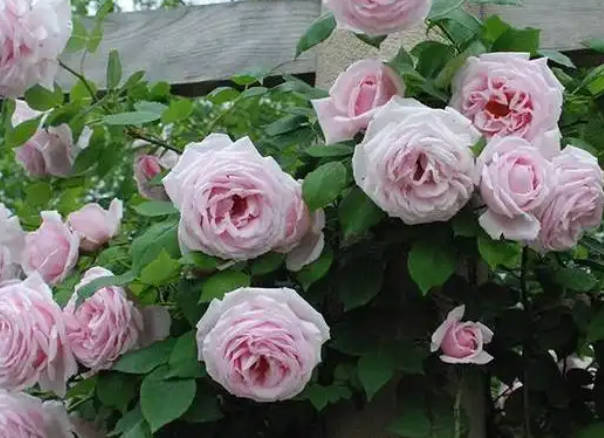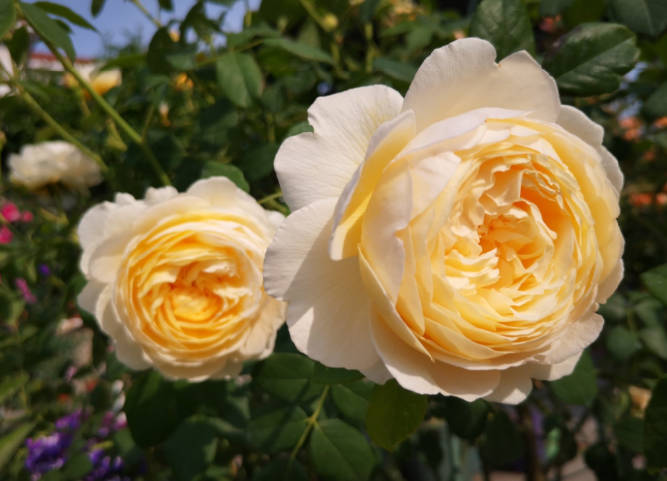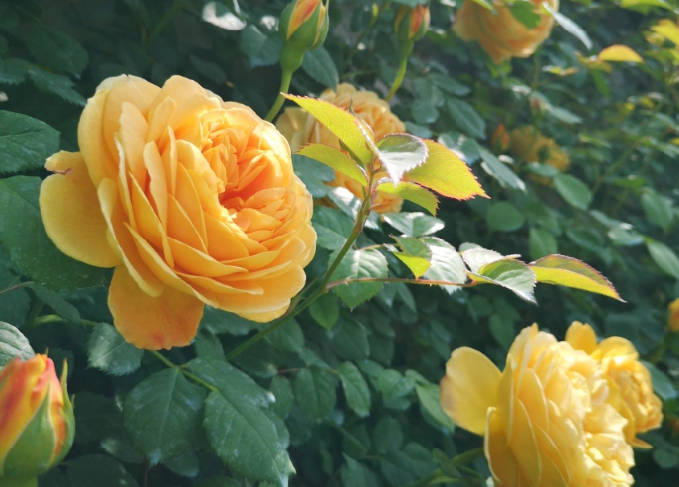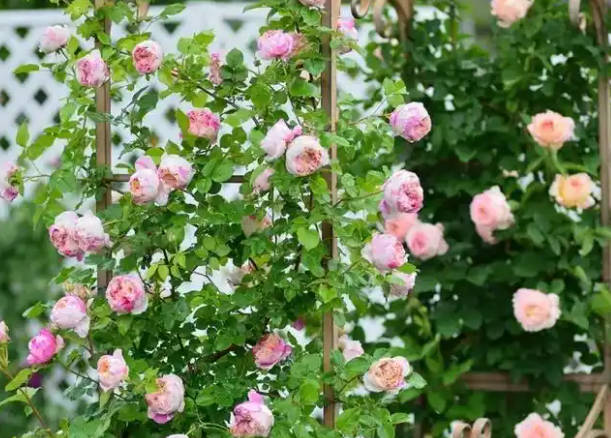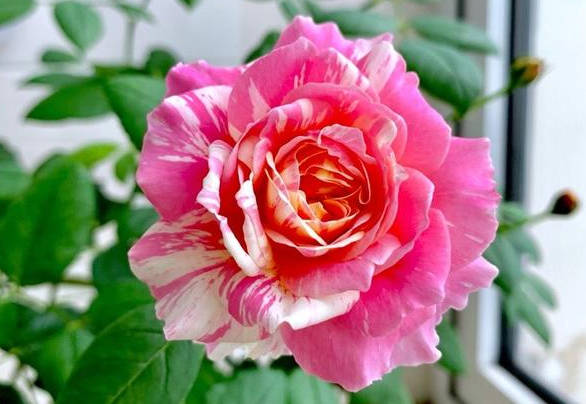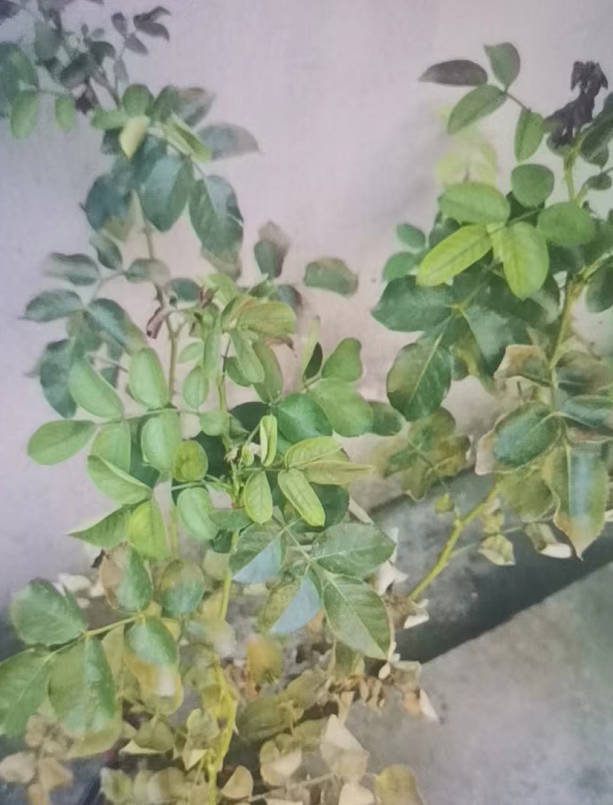Summer Rose Fertilizing: When & How to Do It Right
Recently, many flower enthusiasts have been debating a question: Should roses be fertilized in summer? On one hand, roses appear increasingly weak and clearly “malnourished”; on the other hand, the hot weather raises concerns that fertilization might harm the plants. What should be done?
Do roses need fertilization in summer?
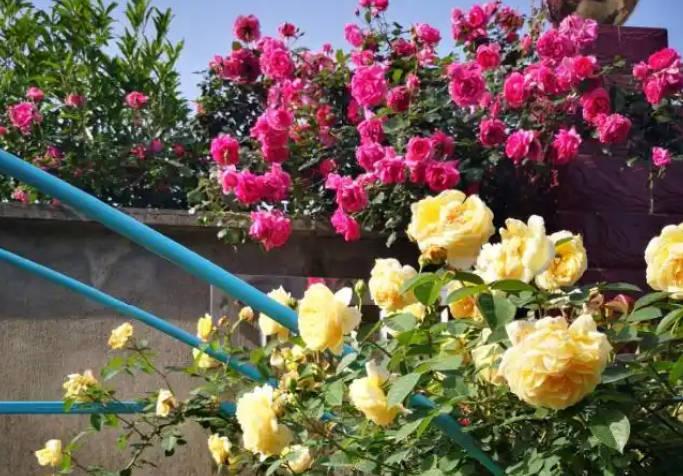
Whether fertilization is necessary depends on the growth condition of the roses. Blindly following trends or completely stopping fertilization is not advisable; decisions must be made based on the specific condition of the plants.
1. Roses with vigorous growth: Fertilization is essential!
If your roses are still growing rapidly (e.g., climbing roses are still producing new shoots in summer), you must continue fertilizing, and even increase the frequency and amount of fertilization. Without adequate nutrients, how can new shoots grow strong?
Similarly, heat-tolerant shrub roses continue to grow and consume nutrients in summer, so they also require ongoing fertilization.
2. Roses with stunted growth: Adjust the fertilization strategy
Only those rose varieties that are not heat-tolerant and have clearly stopped growing need to suspend the use of quick-release water-soluble fertilizers or nutrient solutions. However, even roses with slow growth still require small amounts of fertilizer supplementation due to frequent watering in summer, which can cause nutrient loss in the potting soil. The type and concentration of fertilizer should be adjusted accordingly.
How to fertilize roses in summer?
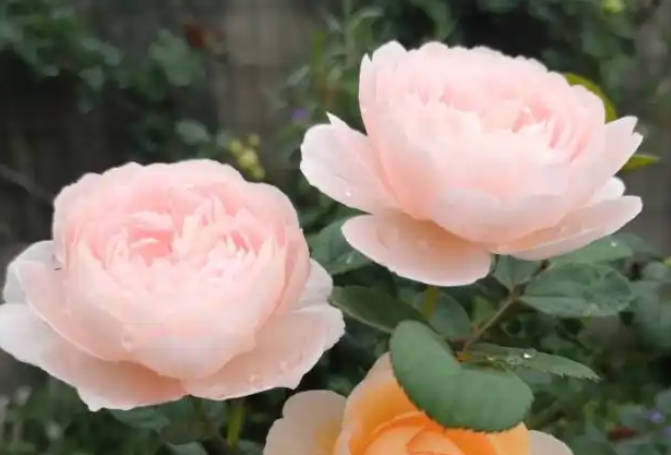
1. Vigorous-growing roses: Apply thin fertilizer frequently
For roses that are still growing rapidly, you can use quick-release water-soluble fertilizers as in spring, but reduce the concentration and increase the frequency.
For example:
- Spring: Water every 5 days, applying a 1,000-fold diluted water-soluble fertilizer each time.
- Summer: Water daily, but apply fertilizer every 2-3 days, reducing the concentration to 1,200-1,500 times.
Core principle: “Apply thin, frequent doses of fertilizer” to avoid fertilizer damage.

2. Poorly growing roses: Switch to foliar fertilizer + slow-release fertilizer
If roses are growing slowly or in poor condition (e.g., root rot, fertilizer damage), it is recommended to:
- Stop root drenching with water-soluble fertilizer and switch to foliar spraying of nutrient solution (use 1,500-fold dilution for average condition, 2,000-fold dilution for poor condition, spray every 3 days).
- Combine with slow-release fertilizer (such as fermented sheep manure or controlled-release fertilizer), shallowly buried at the edge of the potting soil, to slowly release nutrients and avoid fertilizer damage.
Note:
- Controlled-release fertilizer ≠ slow-release fertilizer! Controlled-release fertilizer precisely controls nutrient release and is more suitable for summer use.
- For indoor balcony care, it is recommended to use controlled-release fertilizer to avoid odors and pest infestations.
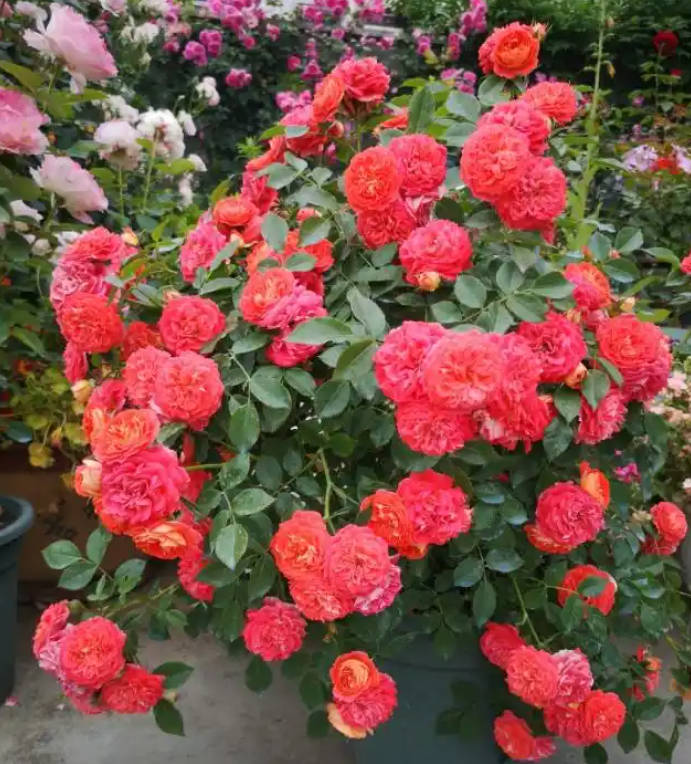
LanYao summer fertilization plan
I typically use a “sheep manure + controlled-release fertilizer” combination in summer, shallowly buried around the root system. This ensures adequate nutrient supply throughout the summer without causing fertilizer damage.
Remember: The quality of summer care directly impacts the rose’s flowering performance in the following spring! If you are a beginner, I recommend referring to the book “From Zero to Blooming Roses,” which can help you quickly master care techniques and avoid common pitfalls.
